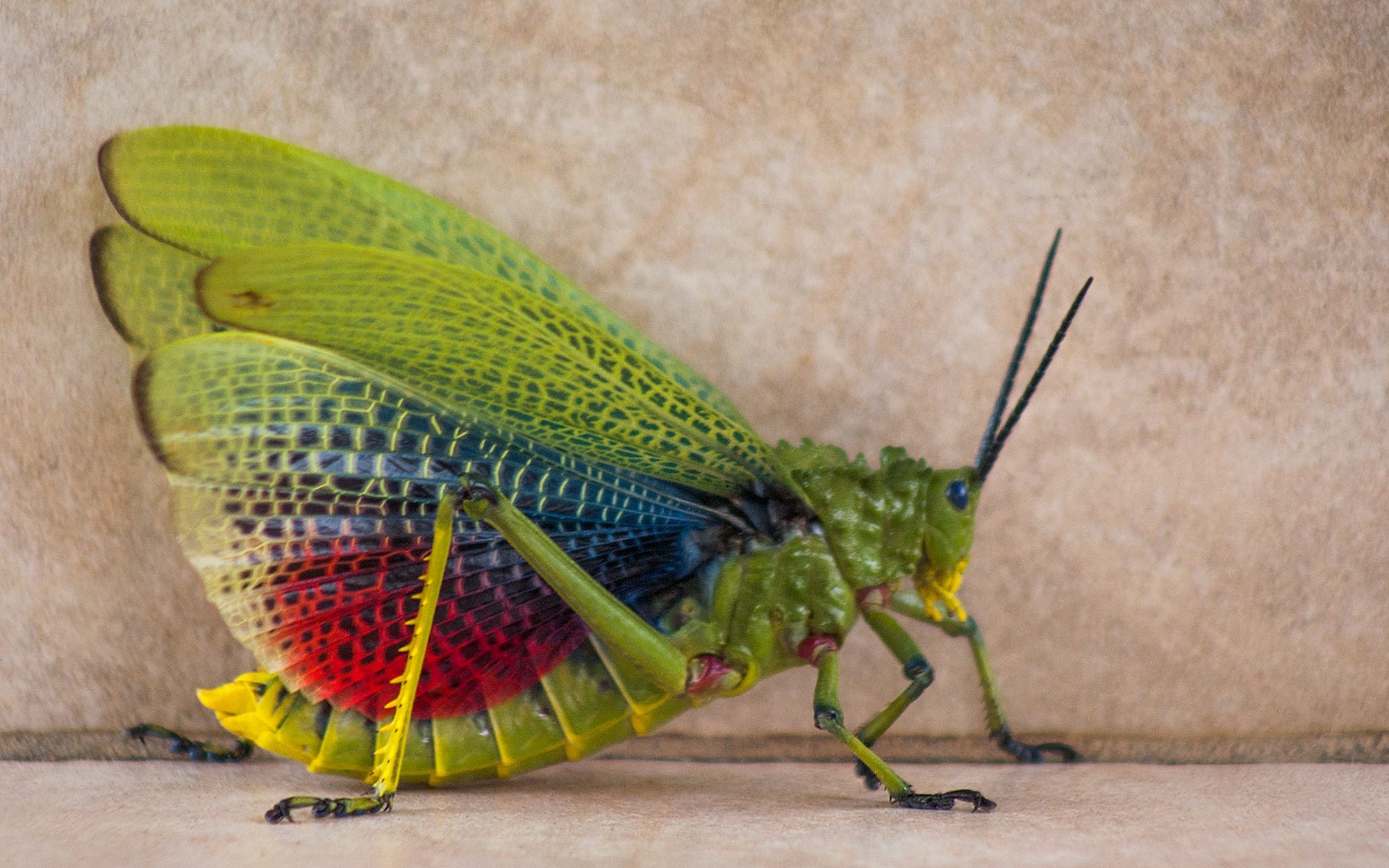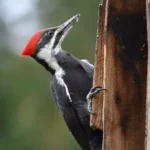When we think of locusts, images of swarms darkening the skies and devouring crops come to mind. They’re known for their destructive power, but what about their behavior towards humans? Do these voracious insects pose a biting threat? Let’s uncover the truth behind the question of locust bites.
The Anatomy of a Locust: Built for Munching, Not Biting
Think of locusts like nature’s tiny vegetarians. They’re all about plants – leaves, stems, you name it. Their mouths are like tiny tools perfectly designed for grabbing and munching on greenery. Their powerful mandibles, or jaws, are specifically designed for tearing and chewing plant material. So, biting a human? It’s just not in their nature, nor do they have the right equipment for it.
Defensive Nibble? It’s Possible
Now, imagine a locust being handled roughly or feeling threatened. In those moments, they might give a little defensive nibble, almost like saying, “Hey, back off!” But don’t worry, these nibbles are more like a gentle squeeze than a real bite. They’re highly unlikely to break the skin or cause any harm.
To put it into perspective, have you ever felt a ladybug land on you? It might tickle a bit, and you might feel a slight pressure, but it’s not a bite. A defensive nibble from a locust would be similar – more of a curious pressure than a painful experience.
The Real Danger: A Hunger for Crops
Here’s the thing about locusts – their real threat isn’t about biting humans. It’s their insatiable appetite for crops and vegetation that spells trouble. When they gather in massive swarms, millions strong, they can devour entire fields in the blink of an eye. This can lead to devastating consequences, impacting food supplies and causing hardship, especially in vulnerable regions.
To understand the scale of their potential impact, imagine a swarm so large it blocks out the sun. These swarms, containing millions, and sometimes billions, of locusts, can stretch for miles, leaving a trail of devastated crops in their wake.
Ever wonder if tarantulas make webs? Some creatures are surprising! If you are interested in learning more about dung beetles, you should check out the dung beetle ark.
Outsmarting the Swarm: Strategies for Coexistence
Understanding how locusts behave is key to minimizing their impact. These insects are drawn to moisture and lush greenery. So, by managing their breeding grounds and making it harder for them to access food sources, we can help prevent massive outbreaks.
Early detection systems act like watchdogs, alerting us to potential swarms early on. This gives us a head start in taking action and protecting precious crops.
It’s a constant effort, but by understanding these remarkable creatures and implementing smart strategies, we can coexist with locusts while safeguarding our food security.
- Unlock Elemental 2 Secrets: Actionable Insights Now - April 2, 2025
- Lot’s Wife’s Name: Unveiling the Mystery of Sodom’s Fall - April 2, 2025
- Photocell Sensors: A Complete Guide for Selection and Implementation - April 2, 2025
















